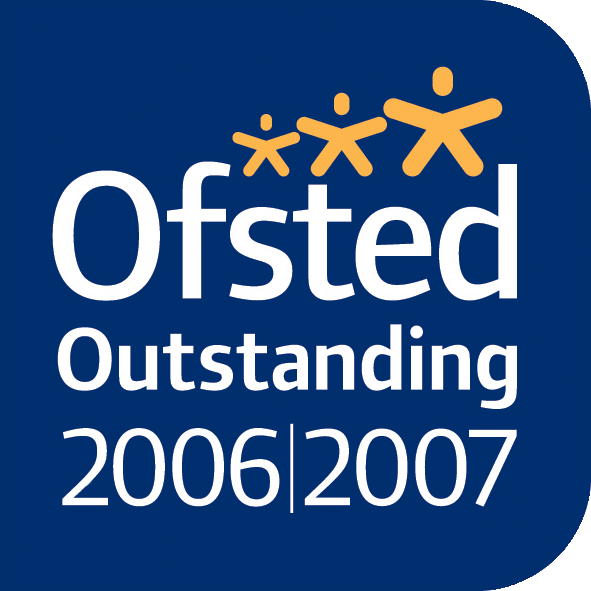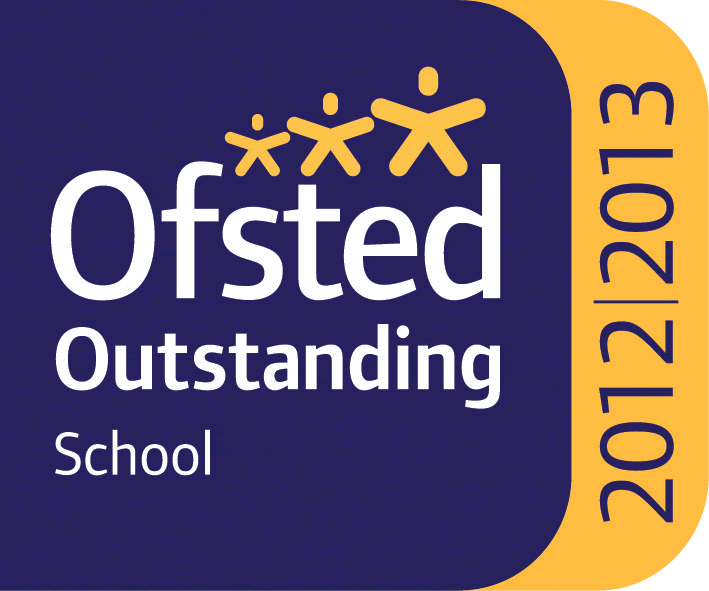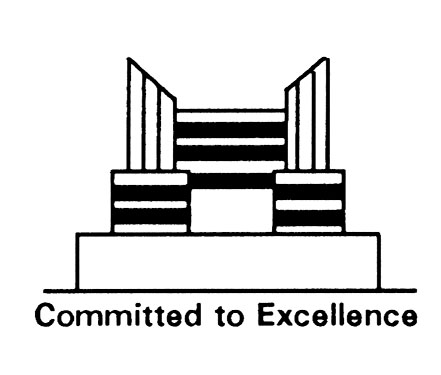South Africa: A New force to Be Reckoned With?
Explore how South Africa Became the Host for The Bloodhound SSC Track:
South Africa has always been an outstanding country, as per African terms, but is it becoming one that could match the standards of countries like Brazil, or India?
As far as history is concerned, South Africa has always been a shining star when compared to other African countries. It was the first African country to gain independence, and sired the legendary Nelson Mandela. Some of its other achievements were having their first democratic elections in 1994, and The Springboks winning the Rugby World Cup in 1995.
Recently, South Africa has been involved in many global events, such as the 2010 FIFA World Cup, and being the host country for the Bloodhound SSC race track. Not only is this a huge honour, but it allows South Africa to show off and utilise their colossal plains.
It was a brutally long and gruelling process to actually choose South Africa for the track- in fact it boiled down to three phases. But before it was taken, the Bloodhound Team made the decision to use a desert, instead of a salt flat like the one used by legendary British Record breaker Sir Malcolm Campbell, who was the first man to drive at over 300mph when he set the first World Land Speed Record in 1935. Once this was settled, they carried on with Phase 1 of ‘The Desert Search Plan’.
Phase 1 consisted of a global search for perfectly flat areas, with no vegetation, at least 10 miles long. They also looked for places which had a reliable surface dry- out period, access to road networks, and potential for publicity. This phase was carried out by Dr Adrian Luckman of the School of Environment and Society at Swansea University. Dr Luckman created an astounding programme that allowed the Bloodhound team to search the entire world for possible sites where they could race the car. However, although it worked brilliantly, it left the team with thousands of possibilities, meaning that they spent a great deal of time whittling down the list to 35 places.
Phase 2 essentially involved just looking for extra information to what they already had in phase 1, allowing their list to drop down to 22. Phase 3 then looked at the additional requirements, such as the access, security, and local infrastructure. This reduced the list to 14, but in the end it was decided that South Africa had the most to offer. It met all of the requirements.
Over the years, South Africa has suffered due to the fact that it was colonised by Europeans, is part of the world’s poorest continent, and doesn’t have the facilities of places like Britain or America, but this is starting to change, and has been starting to change for a while now, as the Bloodhound project shows- all we have to do is give South Africa a chance.
By Hana




